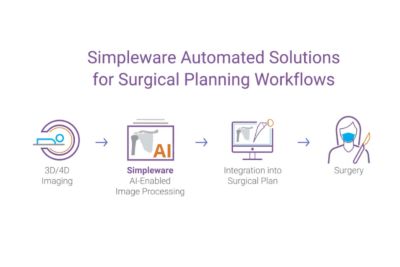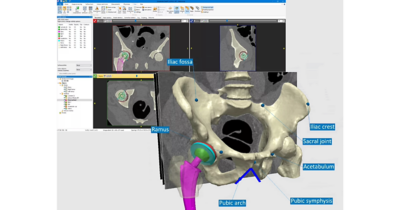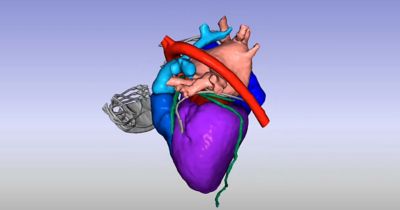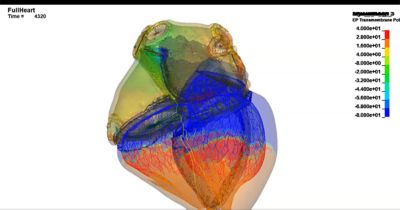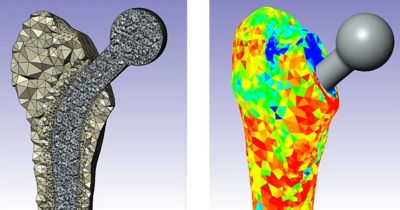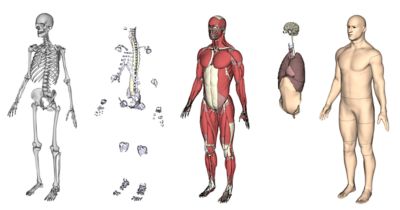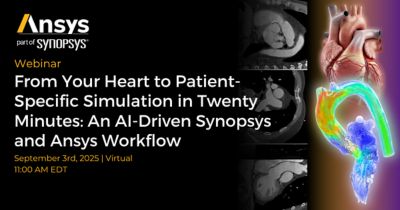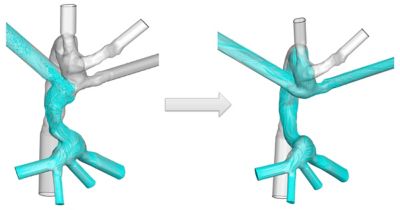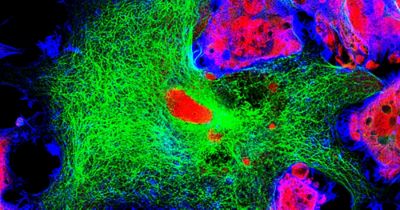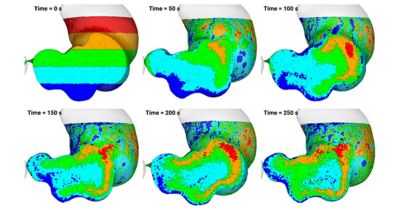-
-
Access Free Student Software
Ansys empowers the next generation of engineers
Students get free access to world-class simulation software.
-
Connect with Ansys Now!
Design your future
Connect with Ansys to explore how simulation can power your next breakthrough.
Countries & Regions
Free Trials
Products & Services
Learn
About
Back
Products & Services
Back
Learn
Ansys empowers the next generation of engineers
Students get free access to world-class simulation software.
Back
About
Design your future
Connect with Ansys to explore how simulation can power your next breakthrough.
Free Trials
Clinical Adoption
In Silico Solutions for Clinical Use
In silico technologies provide supplemental insights for clinicians to diagnose pathologies, plan surgical procedures, and communicate with patients.
Enhancing Clinical Outcomes with Simulation
No two patients are identical, and not every disease or surgical repair can be diagnosed or performed the same way. Clinicians are increasingly turning to extensively validated computer models of specific patients to plan surgical procedures, treatment protocols, and communicate with patients and their families. Ansys, part of Synopsys, provides in silico technologies, such as computational modeling and simulation (CM&S), artificial intelligence (AI), and digital twins, clinicians can use to improve the health of humanity. By democratizing simulation, clinicians can benefit from insights from multiphysics models without being expert simulation users.
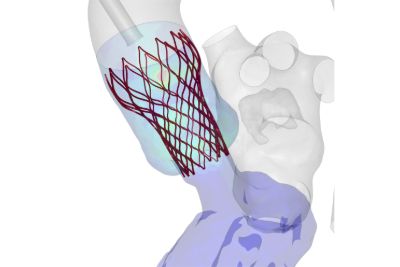
Digital Evidence for Regulatory Approval
Accurate modeling of the complexities of human and animal physiology can validate a medical device's performance in its working environment.
Personalized Medicine
Digital twins based on extensively validated patient models help clinicians predict the evolution of pathologies, ushering in the era of participatory, personal, predictive, and preventive medicine.
Evaluate Surgical Procedures
Validated patient-specific models within an application-specific solution enable clinicians to evaluate surgical procedures and test different protocols rapidly in advance.
Applications
By using CM&S, healthcare providers can simulate various treatments and predict their outcomes, ensuring interventions are tailored to each patient’s unique condition.
Featured Solutions
The Rise of In Silico Medicine
Below is a curated list of success stories and thought leadership from our colleagues, customers, and partners around the world using simulation to advance medical devices.
Let’s Get Started
If you're facing engineering challenges, our team is here to assist. With a wealth of experience and a commitment to innovation, we invite you to reach out to us. Let's collaborate to turn your engineering obstacles into opportunities for growth and success. Contact us today to start the conversation.
